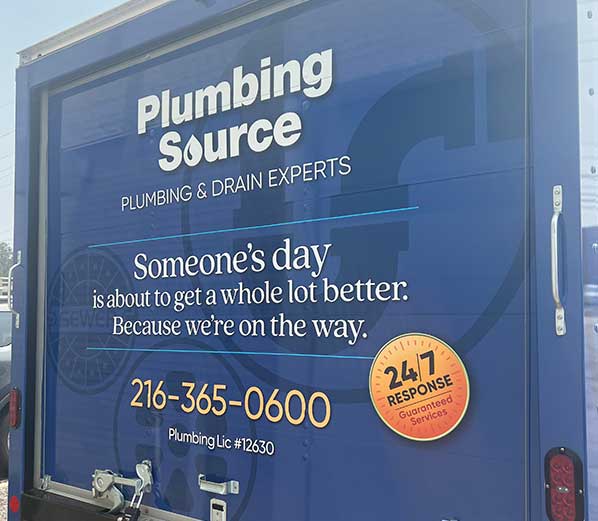Tips to Avoid Winter Plumbing Repairs; Part 1
Winter causes havoc to the pipes in your home. Water has a unique property in that it expands when it freezes. The increased volume of the frozen water quickly puts pressure on the pipe system, causing these channels to crack or burst.
The pipes most prone to freezing are the water sprinkler lines, outdoor hose bibs, basements, crawlspaces, and garages. When the cold weather approaches, there are several steps you can take to prevent water pipes from freezing and avoid costly plumbing repairs this winter.
How To Prevent Pipes From Freezing In The Winter
1. Drain Water
Before the onset of the cold season, drain any water from your swimming pool and water sprinkler supply lines according to the manufacturer’s instructions. Avoid putting antifreeze in these lines unless instructed, though—it is harmful to the environment, toxic to humans, animals, and plants.
2. Insulate Pipes
Installing special pipe insulation is an excellent way to prevent your pipes from freezing. Pipe insulation designs are also far more affordable than repairing or replacing burst water pipes.
When insulating the plumbing, pay careful attention to pipes in the home’s colder areas, such as the attic, basement, and garage.
The most popular pipe insulations are made from polyethylene, foam, or fiberglass. Duct tape and wadded newspapers also work well as temporary pipe insulation.
3. Close Garage Doors
Keeping the garage doors closed is another excellent way to prevent the freezing of water pipes. The practice works best if water supply lines pass through the garage.
The area typically houses lots of smooth concrete that keeps the space cold. If you allow freezing air to enter the space, the garage interior temperature will drop significantly. Leaving the door open quickly exposes your water supply lines to sub-zero temperatures with devastating consequences.
4. Keep the Heat On
If you won’t be home for a prolonged period, it’s advisable to leave the heat on to prevent pipes from freezing. You don’t have to keep the heat as high as you normally might at home—set the thermostat around 55°F (12°C). It should be enough to keep the pipes warm and prevent any water inside from freezing.
5. Keep the Water Running
Flowing water is less likely to freeze, so you may keep your pipes clear by turning on your water faucets to a slow drip. If it stops, consider increasing the flow slightly.
Let all the faucets drip as long as temperatures remain below the freezing point, including bathtub faucets and showerheads.
6. Seal Cracks And Openings
Inspect your home for any cracks or openings before the onset of cold weather to prevent drafts from freezing your water pipes. Check around door and window frames for openings and assess any cable holes in your floors and walls.
Seal every opening around the sill plates and be sure to caulk cracks and holes directly around plumbing (on both the interior and exterior walls). Sealing the cracks, holes, and openings around your home ensures warm air stays inside and prevents ice blockages. It also enhances your home’s insulation.
7. Keep Interior Doors Open
Pipes usually pass through cabinets, so when the temperatures drop, it’s advisable to keep these cabinet doors open a little to allow the heat from the rest of the house to warm the pipes. It’s also important to keep all the interior doors slightly open to allow the heat to flow throughout the house.
What Should You Do To Frozen Pipes?
If little to no water comes from your faucet when you turn it on, the pipe could be frozen. Here are a few ideas to help you thaw a frozen pipe:
- Turn on the faucet–running water through the pipe, no matter how cold it is, sometimes melts the ice.
- Apply heat to the frozen section of the pipe–you can do this with a portable space heater, an electric dryer, or an electric heating pad wrapped around the pipe. Another excellent idea is to wrap the pipe with towels soaked in hot water.
- Apply heat to restore the water pressure–check other faucets around your house to see if there are more frozen pipes. Apply heat around all the frozen pipes until you restore the normal water pressure.
If you can’t identify the frozen section of pipe or access it easily, call the water professionals at The Plumbing Source at 877-768-7239 for help. We’ve been offering reliable plumbing repairs in the Cleveland area for more than 35 years.
When you call The Plumbing Source, you made the RIGHT call!
Plumbing emergency? We respond any time!




